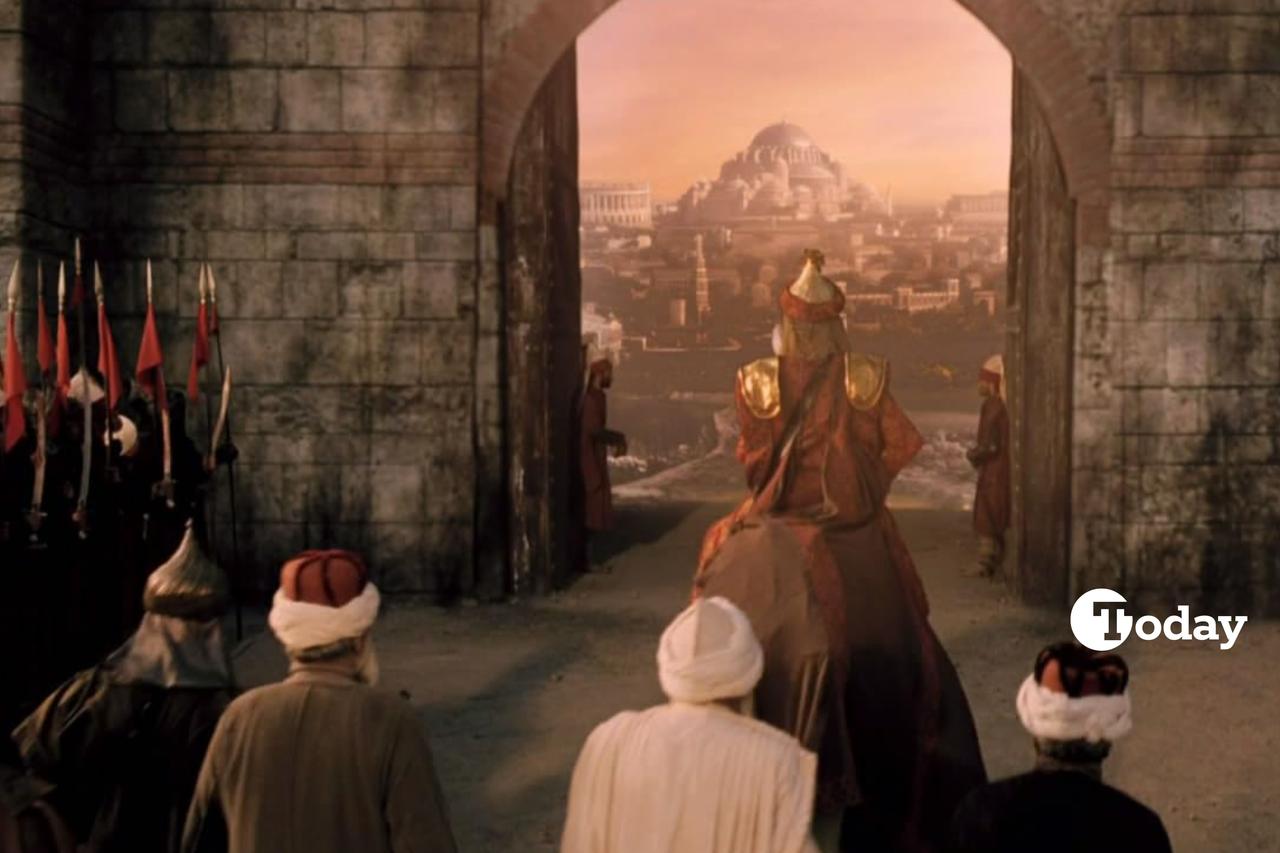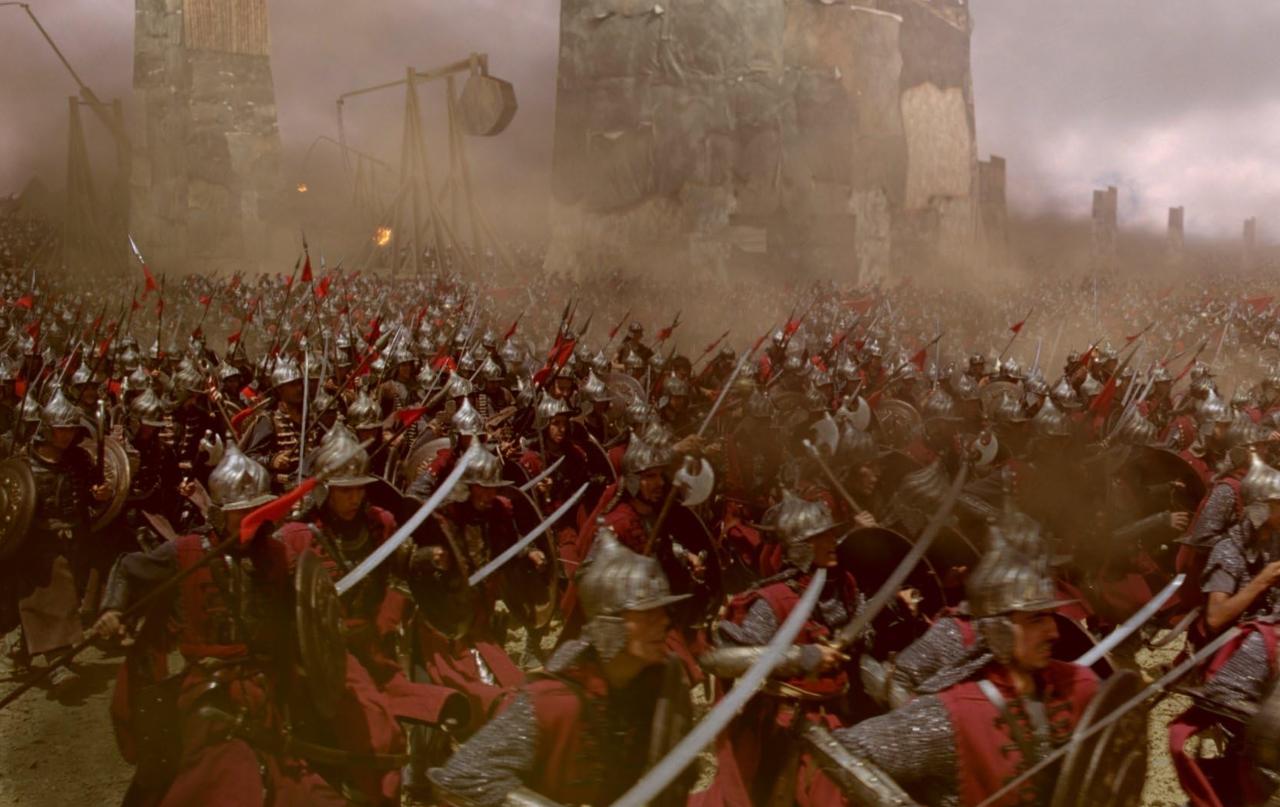
Once known as Byzantium, then Constantinople, the city of Istanbul stood as a coveted imperial seat for centuries before it was conquered by the Ottomans in 1453.
Built on seven hills at the meeting point of Europe and Asia, this ancient metropolis represented far more than a geographic treasure. It embodied political power, religious significance, and cultural identity for both the Christian West and the Islamic East.
The conquest of Istanbul by Sultan Mehmed II, famously known as Fatih (The Conqueror), was more than a military achievement—it marked the end of the Byzantine (East Roman) Empire, the dawn of a new era for the Ottomans, and a tectonic shift in global power dynamics.

Before the conquest, the Byzantine Empire was in decline. Fatih’s vision extended beyond military triumph; he sought to unify the Ottoman territories across Europe and Asia.
Control of Istanbul, with its prime access to the Black Sea and Mediterranean, was essential for maritime dominance and regional trade.
By taking the city, the Ottomans eliminated the last Christian enclave obstructing their strategic and economic interests. The conquest also extinguished support for pretenders to the Ottoman throne, often sheltered by Byzantium, thus consolidating internal political authority.
Sultan Mehmed II’s actions disrupted Europe’s trade routes and religious ambitions. The Latin West, which had hoped to merge Orthodox and Catholic churches through Byzantine partnership, now saw that dream dashed.
Sultan Mehmed II’s triumph was also seen by the Islamic world as the fulfillment of a prophetic hadith attributed to the Prophet Muhammad: “Istanbul will be conquered. What a wonderful commander its conqueror is, and what a wonderful army that army is.”
After the conquest, Istanbul was in ruins, with a population estimated at just 30,000. Sultan Mehmed II swiftly launched a large-scale repopulation and reconstruction effort. Skilled workers and artisans were brought from across the empire—Anatolia, the Balkans, and the Levant—to rebuild the city.
Religious tolerance was strategically used to attract diverse populations, including Jews and Christians, to ensure a functioning urban economy.
By 1477, the city housed over 16,000 households, nearly 10,000 of which were Muslim. Christian and Jewish communities were given autonomy under a system known as the “millet” structure, allowing them to manage their own religious and civil affairs while paying taxes to the state.

Sultan Mehmed II did not just conquer a city—he sought to elevate it into a capital worthy of global prestige. He commissioned the construction of grand mosques, madrasas (educational institutions), and libraries.
The Sahn-i Seman madrasas, attached to the Fatih Mosque complex, became intellectual beacons of the Islamic world, teaching theology, astronomy, mathematics, and law.
Leading scholars from Cairo, Baghdad, and Samarkand were invited to teach and advise the court. This intellectual flowering was matched by centralized bureaucratic reform. Sultan Mehmed II shifted power from traditional Turkish nobility to a new class of devshirme administrators loyal to the sultan, cementing a centralized imperial structure.
Istanbul’s capture catalyzed an economic revolution. Customs duties were increased, and the privileges granted to European traders during the Byzantine era were revoked. Domestic commerce flourished, and Ottoman traders, including Turks, Jews, and Armenians, filled the vacuum left by Europeans.
The conquest enabled the Ottomans to dominate trade routes linking northern Europe, the Black Sea, and the Mediterranean. Though radical fiscal reforms later caused monetary instability, Sultan Mehmed II’s economic vision laid the groundwork for Istanbul’s emergence as a commercial hub rivaling Venice and Genoa.

The conquest of Istanbul resonated across continents. It marked the fall of the Eastern Roman Empire, the symbolic end of the medieval era, and the beginning of the Renaissance as European powers were forced to explore new maritime routes.
Historians such as Gustave Schlumberger and Jacques Pirenne agree that the conquest transformed global politics and inspired centuries of exploration and empire-building.
Sultan Mehmed II declared himself Caesar of Rome and was recognized by both Islamic and European scholars as the legitimate heir to the Roman legacy. For the Islamic world, his victory was the divine realization of a sacred prophecy; for Europe, it was a wake-up call.
As French emperor Napoleon once famously said, “If the world were one state, Istanbul would be its capital."